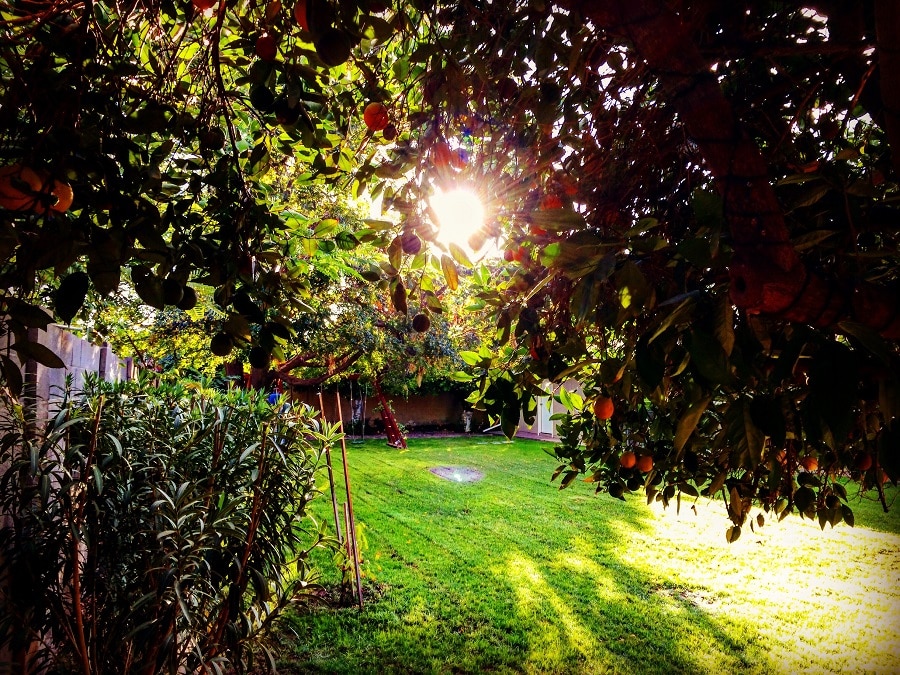Foraging for food is a practice that has been around since the beginning of time. Humans have always been drawn to the outdoors in search of sustenance. Many people are turning back to this ancient way of life and learning how to wild-harvest their food, but what does it mean to wild-harvest your food? What are the benefits? And how do you get started? Well, this article will answer all of your questions about wild harvesting! By the end, you’ll know everything you need to start foraging for your food.
Contents
What Does It Mean To Wild-Harvest Your Food?
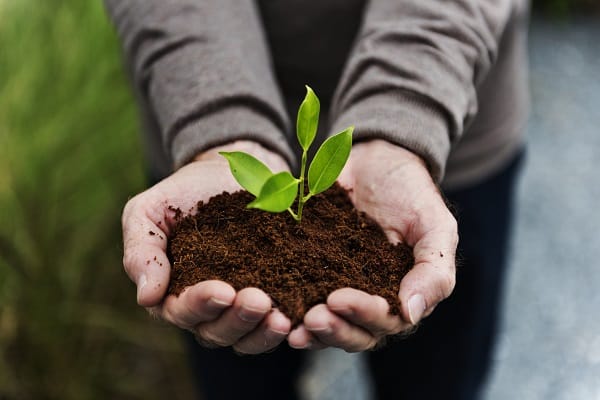
Have you ever been on a hike and come across a patch of ripe berries or mushrooms and thought to yourself, “I wish I could eat that”? Well, if you wild-harvest your food, you can! Wild harvesting refers to collecting food growing in the wild instead of cultivated crops, which can include fruits, nuts, herbs, and even mushrooms. While wild harvesting can be a great way to find fresh, organic food, it is essential to remember that not all plants are edible.
Therefore, it is essential to do your research before you go foraging and seek guidance from an experienced forager if possible. With a little knowledge and care, wild harvesting can be a fun and rewarding way to return to nature.
Benefits Of Wild-Harvest Your Food
Although it may seem easier to go to the grocery store and buy your food, there are many benefits to wild harvesting your own. You might even be surprised at how easy it is to find food once you start looking! Here are some of the benefits of wild harvesting your food:
It’s 100% Organic
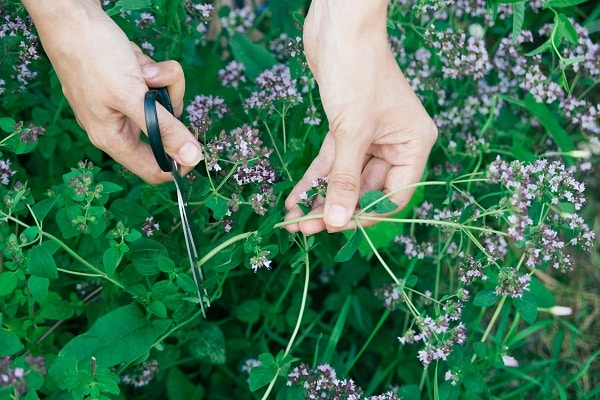
Wild-harvested plants don’t have synthetic chemicals or pesticides, unlike crops grown in farmers’ fields. As a result, they are often purer and more natural than cultivated plants. And while you should always wash your food before eating it, wild-harvested fruits and vegetables tend to be cleaner than those from the store.
Furthermore, wild harvesting does not damage the surrounding ecosystem and can help promote biodiversity when done correctly. In addition, wild-harvested plants are often more resilient than those cultivated in greenhouse or farm conditions. As a result, they can be a valuable resource for those seeking to live a more sustainable lifestyle.
It’s Free
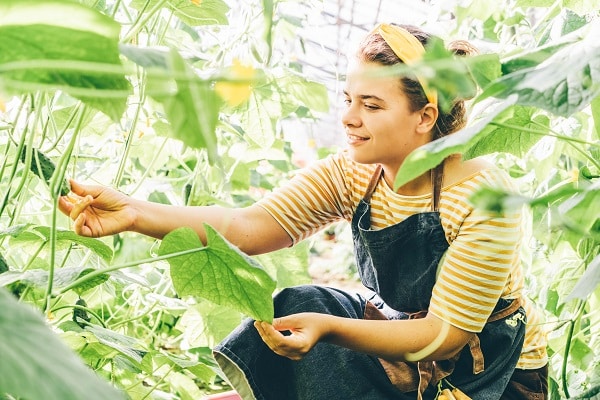
How much do you spend on groceries every month? If you’re like most people, the answer is probably quite a bit. But what if I told you there was a way to get some of your food for free? Wild harvesting is one of the best ways to do just that! Not only will you save money, but you’ll also enjoy knowing that you’ve provided for yourself and your family.
In addition, wild-harvested foods are often fresher and tastier than those from the store because they haven’t been transported long distances or stored for extended periods. As a result, you’ll be able to enjoy food at its peak flavor and nutrition.
More Nutrition

While plenty of people assume that wild-harvested plants are less nutritious than cultivated ones, this is not always the case. Numerous studies have shown that wild foods are often more nutritious than cultivated foods, which is likely because they are not subject to the same intensity of human selection and breeding. As a result, they tend to retain a greater diversity of nutrients and other beneficial compounds.
Moreover, wild foods are often exposed to harsher growing conditions, leading to higher levels of stress-related compounds that can boost health. Therefore, wild-harvested foods offer a unique source of nutrition that is worth exploring.
Learn About Your Local Environment
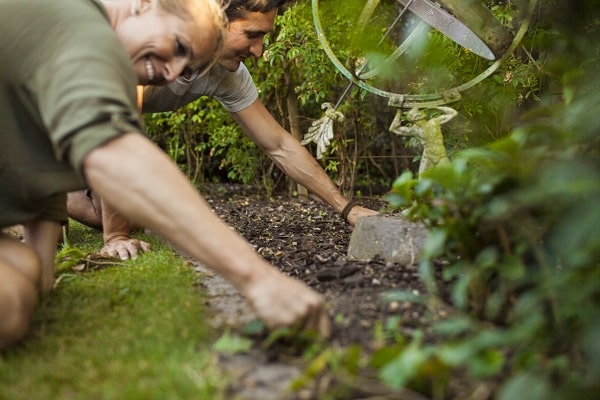
When you go out into nature, a sense of wonder and discovery comes from engaging with the world around you, especially when you are wild harvesting or collecting plants for food or medicine. To be successful, you need to understand your local environment and the plants that grow there. This knowledge is through experience and observation.
By spending time in your region’s woods, fields, and waterways, you will develop a deep connection to the land and a keener understanding of the seasonal rhythms of nature. In the process, you will also learn how to identify edible and medicinal plants and which ones are best suited to your needs.
Greater Connection With Food

When you go to the grocery store, the produce is neatly arranged on shelves, the meat is perfectly packaged, and the seafood is typically frozen. But have you ever stopped to think about where your food comes from? If you’re like most people, the answer is probably no. However, if you’re a wild harvester, you have a closer connection to your food in more ways than one. The first is that it helps you appreciate all the hard work that goes into producing food. You’ll be more grateful for every meal when you see how difficult it is to collect wild foods.
Secondly, wild harvesting forces you to slow down and connect with your surroundings. Instead of racing through the woods or fields, you must take your time and pay attention to your surroundings, which can help you appreciate nature’s beauty and connect with the Earth more deeply. Finally, wild harvesting allows you to choose what you want to eat. When you collect your food, you can be selective about what you put in your body, leading to a healthier diet and better well-being.
How To Get Started Wild-Harvest Food
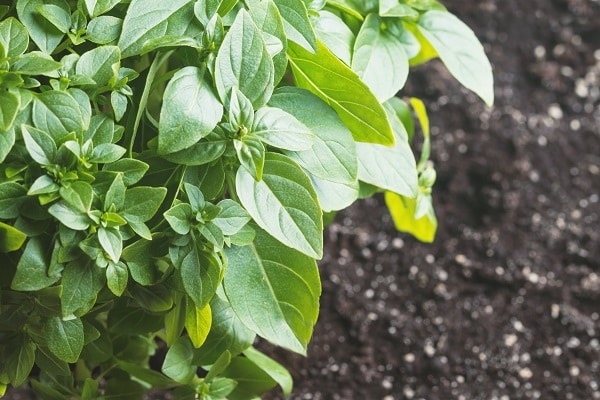
Common fruits and vegetables, such as apples and potatoes, are technically considered “wild” foods. For many people, wild harvesting food conjures images of foraging for berries in the woods or fishing in a pristine mountain stream. However, wild harvesting you can do in many different environments, and it doesn’t necessarily require heading into the wilderness. With a little knowledge and effort, it is possible to find bountiful supplies of wild food close to home.
One of the best ways to start wild harvesting is to join a local foraging group. These groups typically go out on regular expeditions to collect edible plants, mushrooms, and other types of food. Joining a foraging group is a great way to learn about wild harvesting in a safe and controlled environment. Additionally, most groups are happy to share their bounty with newcomers.
With some planning and effort, anyone can start wild harvesting food. Another option for getting started with wild harvesting is to purchase a guidebook or take an online course. These resources can provide valuable information on where to find edible plants and how to identify them. They can also offer helpful tips on safety and ethical wild harvesting practices.
You’re Ready To Wild-Harvest Your Food!
Wild harvesting is a great way to connect with nature, exercise, and enjoy fresh, healthy food. It’s also a fun and rewarding hobby that people of all ages can enjoy. If you’re interested in getting started with wild harvesting, many resources are available to help you. Just be sure you are well informed and take all necessary precautions to ensure a safe and enjoyable experience. Once you do, you’re sure to reap the many benefits of wild harvesting!


